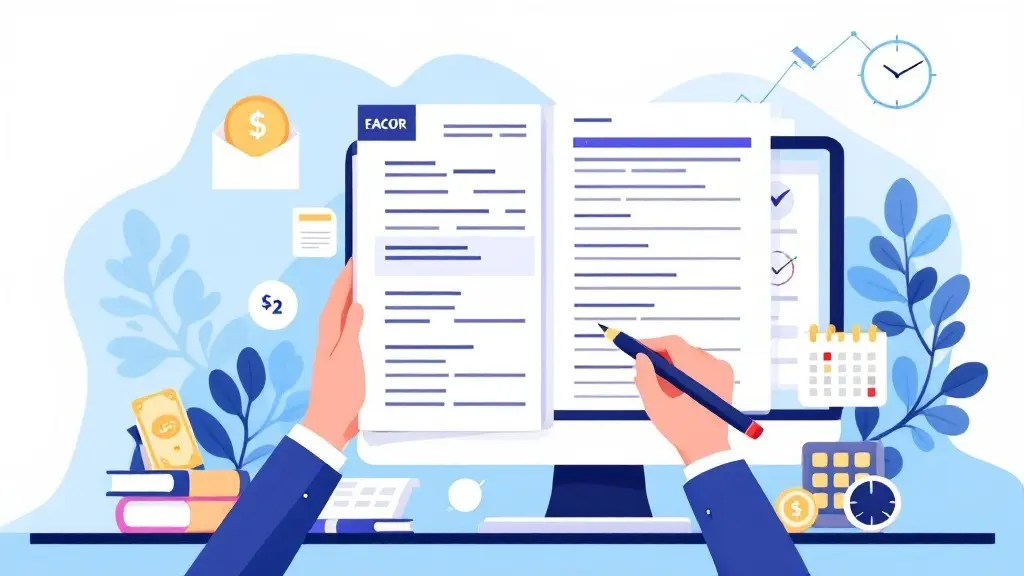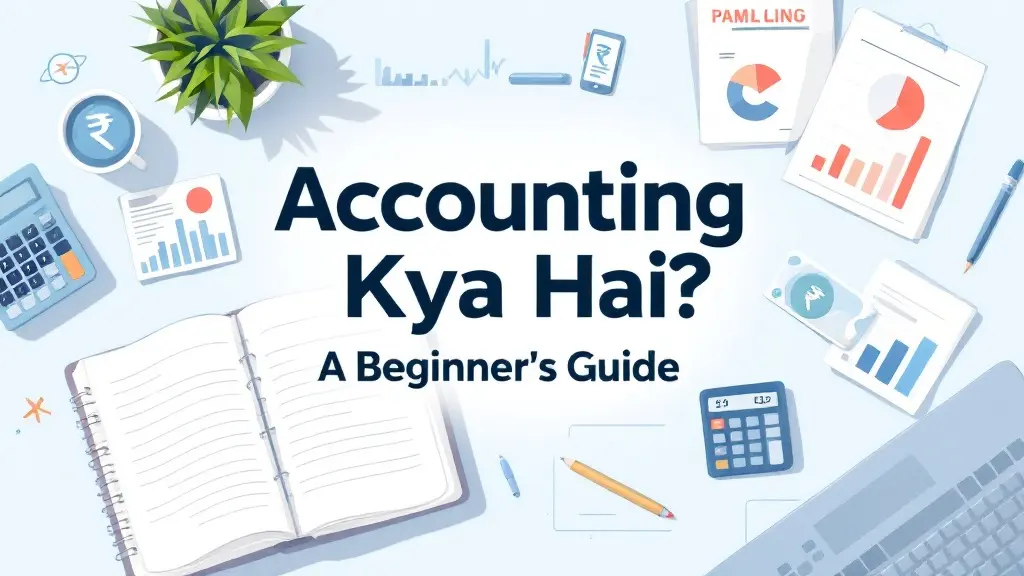The CA Exam Pattern After Graduation: Everything You Need to Know
Table of Contents
Most Read
[fusion_dropcap class="fusion-content-tb-dropcap"]B[/fusion_dropcap]ecoming a Chartered Accountant (CA) is a highly prestigious career goal in India, offering a broad range of opportunities in finance, taxation, and accounting. After completing your graduation, you may be wondering what the CA exam pattern looks like and how you can prepare for it. In this blog post, we’ll break down everything you need to know about the CA exam pattern after graduation, from eligibility requirements to exam structure and tips for success.
What is the CA Exam?
The Chartered Accountancy (CA) exams are conducted by the Institute of Chartered Accountants of India (ICAI). The CA qualification is divided into three levels:
- CA Foundation (for students who enter after 12th grade)
- CA Intermediate (for graduates or those who have completed CA Foundation)
- CA Final (the last level before becoming a CA)
For graduates, the path to becoming a CA is slightly different compared to students who have just completed their 12th grade. After graduation, students are eligible to directly enter the CA Intermediate level, bypassing the Foundation level. Let’s dive deeper into the details of the CA Intermediate and CA Final exam patterns after graduation.
CA Intermediate Exam Pattern After Graduation
After completing graduation, you can directly register for the CA Intermediate course. The eligibility criteria for this level are relatively simple for graduates:
- Eligibility: To enroll for the CA Intermediate course after graduation, you must have completed your graduation in commerce (with at least 55% marks) or non-commerce (with at least 60% marks).
Once you meet the eligibility, here’s what you need to know about the exam pattern:
1. Number of Papers
The CA Intermediate exam consists of eight papers, split across two groups (Group I and Group II). Each group contains four papers. These exams are held twice a year, in May and November.
- Group I:
- Paper 1: Accounting
- Paper 2: Corporate and Other Laws
- Paper 3: Cost and Management Accounting
- Paper 4: Taxation
- Group II:
- Paper 5: Advanced Accounting
- Paper 6: Auditing and Assurance
- Paper 7: Enterprise Information Systems and Strategic Management
- Paper 8: Financial Management and Economics for Finance
2. Mode of Examination
The CA Intermediate exam is conducted in a pen-and-paper format. It is essential to stay prepared for both theoretical and practical aspects of the subject.
- Duration: Each paper is of 3 hours.
- Marks: Each paper is generally worth 100 marks.
3. Passing Criteria
- A candidate must score at least 40% in each paper, and 50% overall in each group to pass.
- Both groups need to be cleared in the same attempt to progress to the next level (CA Final).
4. Subjects Covered
As you can see, the subjects at this level are divided between theoretical concepts like laws, accounting, and taxation, and practical knowledge like cost management and financial management. You’ll need to master both the theoretical aspects and the application of the concepts in real-world scenarios.
CA Final Exam Pattern After Graduation
Once you’ve passed the CA Intermediate level, you’re eligible to register for the CA Final exams, which are the last step before becoming a Chartered Accountant. The CA Final exam pattern is more advanced, and the syllabus is designed to test your deep understanding of core concepts in finance, accounting, taxation, and auditing.
1. Number of Papers
The CA Final exam also consists of eight papers, divided across two groups. These papers are as follows:
- Group I:
- Paper 1: Financial Reporting
- Paper 2: Strategic Financial Management
- Paper 3: Advanced Management Accounting
- Paper 4: Corporate and Economic Laws
- Group II:
- Paper 5: Strategic Cost Management and Performance Evaluation
- Paper 6: Information Systems Control and Audit
- Paper 7: Direct Tax Laws and International Taxation
- Paper 8: Indirect Tax Laws
2. Mode of Examination
Like the CA Intermediate exams, the CA Final exams are conducted in a pen-and-paper format.
- Duration: Each paper lasts for 3 hours.
- Marks: Each paper is worth 100 marks.
3. Passing Criteria
- A minimum of 40% in each paper and an overall 50% in each group is required to pass.
- Both groups must be passed in the same attempt to qualify for the CA designation.
4. Subjects Covered
The CA Final exam covers both advanced and specialized subjects. Topics such as taxation, financial reporting, strategic financial management, and audit come together to provide a comprehensive understanding of financial operations and management.
Key Differences Between CA Intermediate and CA Final Exam Patterns
While both levels consist of eight papers, the complexity of the exams increases significantly at the CA Final level. Here are a few notable differences:
| Aspect | CA Intermediate | CA Final |
|---|---|---|
| No. of Papers | 8 (2 groups, 4 papers each) | 8 (2 groups, 4 papers each) |
| Level of Difficulty | Moderate, focuses on core fundamentals | Advanced, focuses on strategic and practical application |
| Subject Matter | Accounting, Taxation, Cost Accounting, etc. | Advanced Financial Reporting, Taxation, Law, etc. |
| Pass Percentage | 40% in each paper, 50% overall | 40% in each paper, 50% overall |
| Mode of Examination | Pen-and-paper | Pen-and-paper |
| Exam Duration | 3 hours per paper | 3 hours per paper |
Preparation Tips for CA Exams After Graduation
Success in the CA exams requires strong preparation and dedication. Here are some useful tips to guide you through the process:
1. Understand the Syllabus
Before you start studying, make sure you thoroughly understand the syllabus for both the CA Intermediate and CA Final exams. This will help you structure your study plan and prioritize your efforts.
2. Create a Study Plan
Given the vast syllabus, creating a detailed study plan is essential. Break down your study sessions into manageable chunks, allowing time for regular revisions. A disciplined study routine will help you cover everything systematically.
3. Focus on Conceptual Clarity
While rote learning might seem tempting, CA exams are designed to test your understanding and application of concepts. Focus on understanding the theory behind each topic and how it applies to practical scenarios.
4. Practice Previous Year Papers and Mock Tests
Practicing previous year papers and taking mock tests is essential to get a feel for the exam. It helps you identify areas where you need to improve and boosts your confidence.
5. Stay Consistent
Consistency is key when preparing for CA exams. Aim to study every day and stay focused on your goals. Avoid cramming before exams, as understanding the concepts thoroughly will yield better results.
6. Take Care of Your Health
Preparing for CA exams can be overwhelming, so remember to prioritize your health. A balanced diet, regular exercise, and adequate sleep are essential for maintaining focus and energy levels.
Conclusion
The CA exam pattern after graduation is structured to assess your understanding of complex financial concepts and real-world application. While the path to becoming a Chartered Accountant can be challenging, it is also incredibly rewarding. By understanding the exam pattern, following a disciplined study plan, and focusing on conceptual clarity, you can successfully navigate the CA exams and make your way to becoming a certified professional in the field of accounting and finance.
Whether you’re aiming for CA Intermediate or CA Final, the journey requires hard work, determination, and a strategic approach. Stay committed, and success will follow!
Visit Our Website : Accounting24.in









